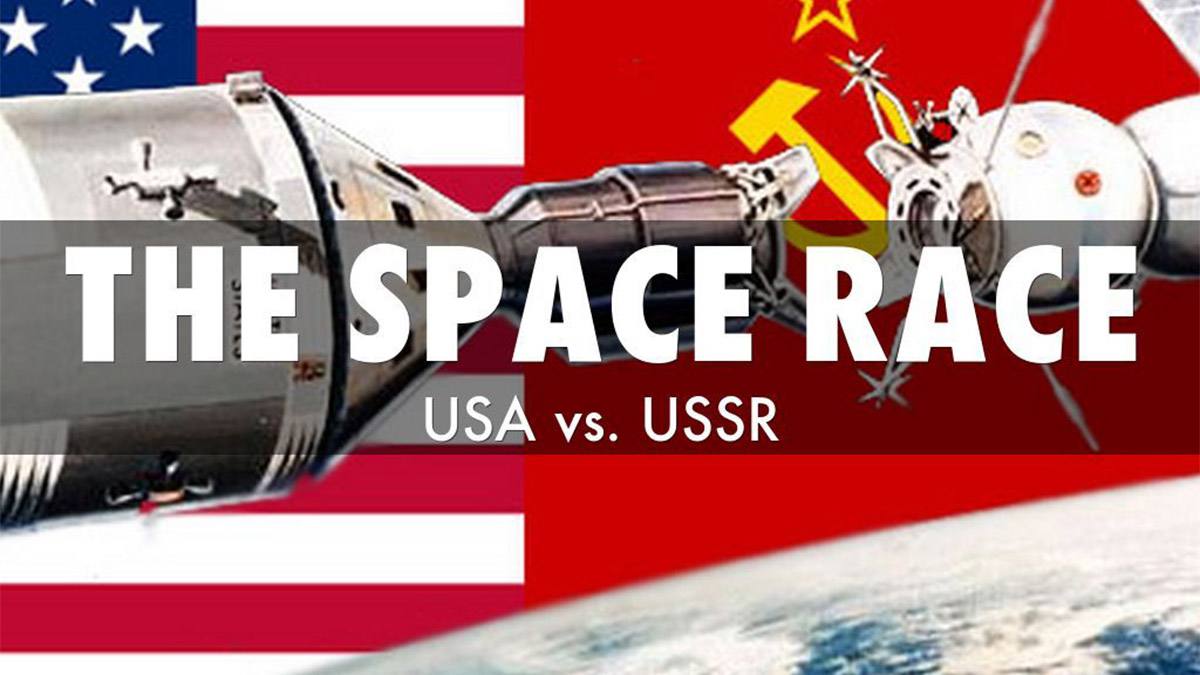Explained: Why didn’t the USSR ever make it to the Moon?

There is no denying the fact that in 1967, the Soviet Union and the US, two Cold War rivals, were very much in a competitive race to be first to land a human on the Moon.
The Soviet human lunar program received the government’s nod in 1964, and one of the main components of the USSR program was the rocket called N1.
Owing to a failure in the propulsion system, the first launch attempt by the USSR failed after one minute and 8 seconds.
On July 3, 1969, the USSR made its second unsuccessful attempt to test-fire its own moon rocket. Other futile attempts were made in June 1971 and November 1972 by the socialist country.
However, American astronauts (Neil Armstrong & Buzz Aldrin) became the first humans ever to land on the moon on 20th July, 1969.
The sudden collapse of the USSR’s lunar program is still shrouded in mystery and a matter of debate among historians.
It is worth noting that the Soviet Union didn’t have a strong industrial base to manufacture the rockets equivalent to the Apollo. To make matters worse, USSR’s N1 rocket designs kept blowing up on the launch pads thanks to their major inherent structural flaws.
Not to forget the research and development programs of the Soviet Union were seriously underfunded. It is also learned that at that time, the Soviet military, in particular, held purse strings of the rocket industry and showed little interest in the lunar program.
Moreover, several disputes on the usage of propellant and other strategic disagreements also delayed the ambitious lunar project.
Eventually, after facing myriad geographical disadvantages and technical issues, the socialist USSR government had to shut down its program in June 1974.
Although the Soviet space program continued making significant contributions to humanity’s exploration of space, the dream of a Soviet cosmonaut on the moon died in 1969 itself. While by landing on the moon, the US effectively “won” the space race.


